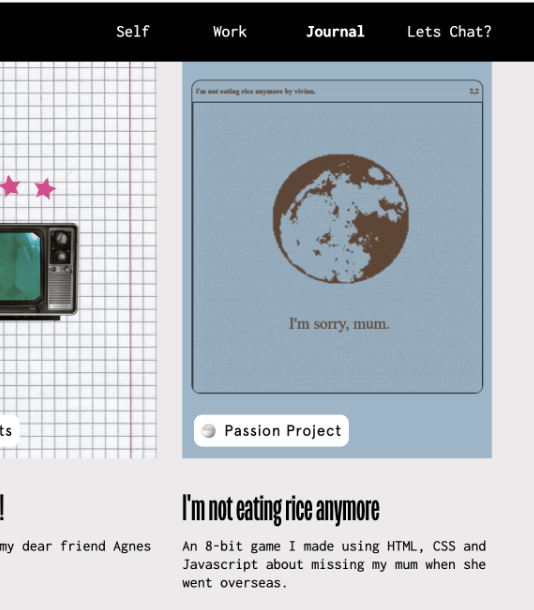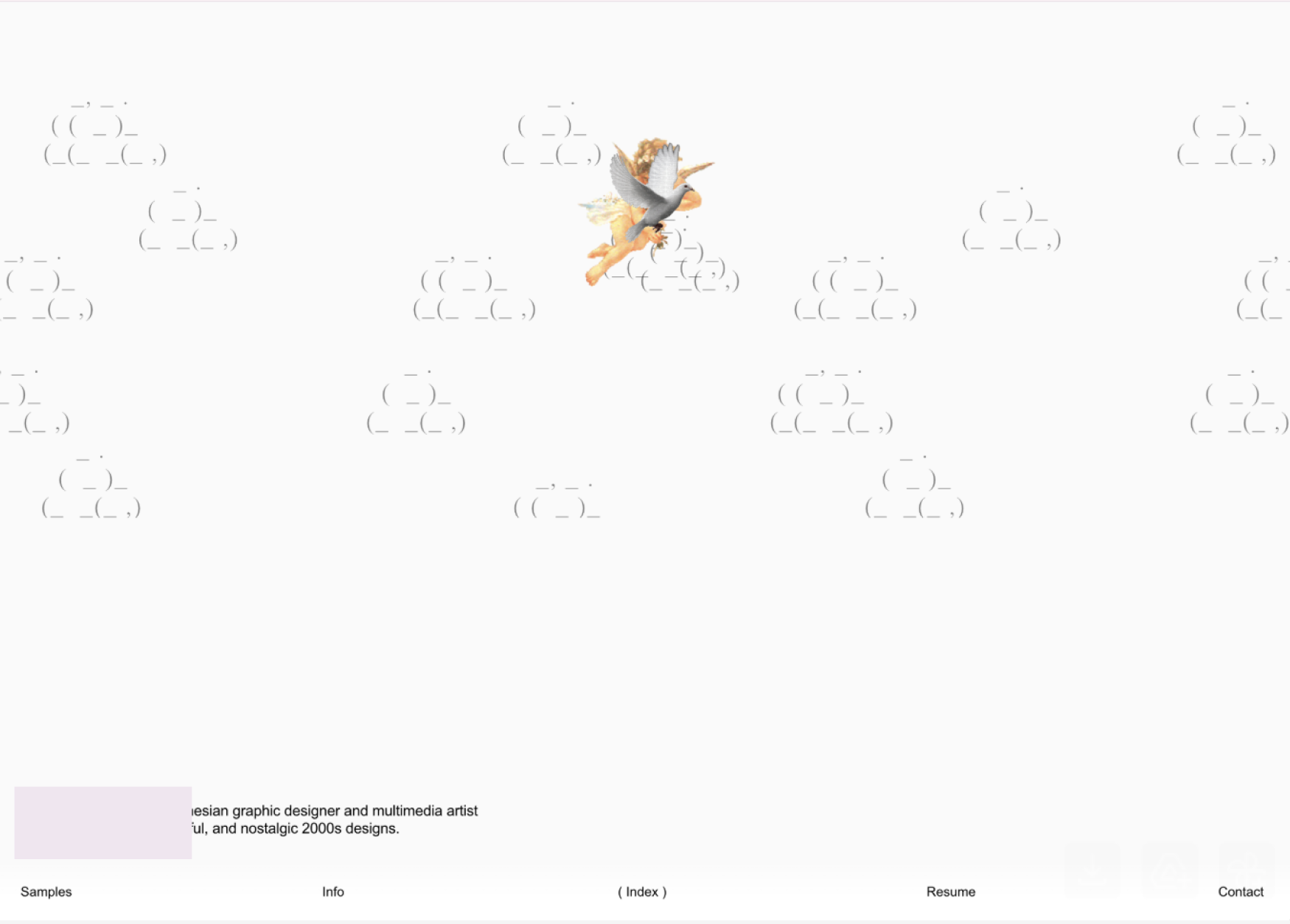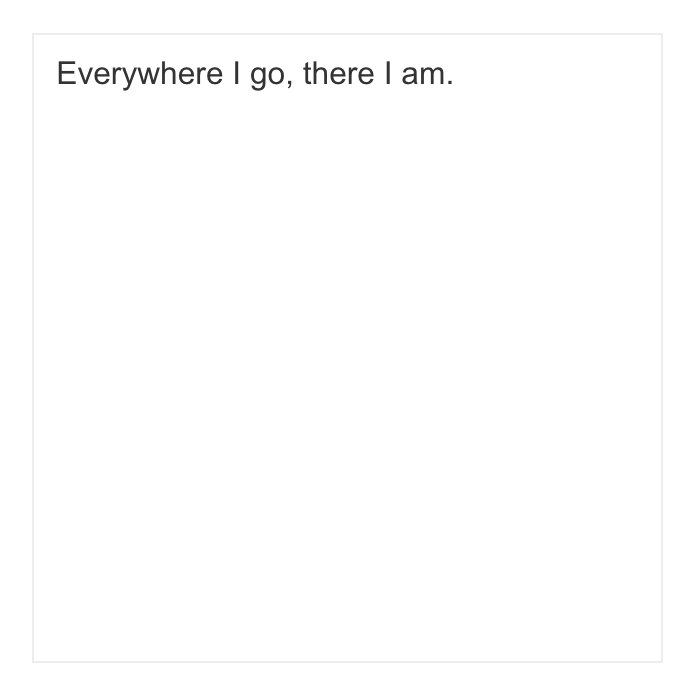there’s a strange, kind of petty problem that i feel like i have been facing from strangers and sooometimes, peers around my circle of work. i feel a bit like a child writing about this, but it’s so frequent and strangely upsetting the more it happens that i’d kind of like to air it out, especially because i don’t have much power or visibility to begin with.. this is also kind of an exercise in trying to name this weird thing that impacts me
i see patterns of young people, usually (but not exclusively) similar to my age and background, entering the space of practice i am in and meticulously crediting influences, artists, etc. — except for me. circling around me, sometimes directly using my code, assets, thought, language, ideals, crediting rich circles of influences — but never me. i’ll do a surface skim of someone i’d love to speak to, and see this weird mirror of every article i’ve recently shared – not general concepts (i’m not so original), but exact material i’ve been collecting…


i’ve witnessed the obvious things like taking a game made with my gamemaker and erasing all attribution–which is expected when you make tools like this, but the more dreadful part is the more selective circling of words; a suspension of myself not just by deleting lines of code, but constructing this ecology of influences and being and work that take everything i’ve produced and am surrounded by and love and breathe but removing me, my name, despite my collaborators being there
how do you describe this form of erasure? it is the most ambient one, but also the most harrowing.

sometimes it even goes to tweeting quotes from my talks that i haven’t really shared outside, circling, circling, so strangely; as if i’m being systematically omitted from being, reassembled elsewhere, selectively being unacknowledged. this creeps into doubts about my worth
other times, this happens with other peers in the space without so much as a heads up. it doesn’t feel like sharing infrastructure, it hasn’t felt generative. most of the times, i’ve tried to commiserate about my constraints in work, time, legal status, sense of place to these people in larger positions of power, and then be told “but i do so much”; most discussions with supposed peers have often made me feel dismissed in my struggles, despite them reassembling my verbatim words or form clearly in some way…. these days i think about how low-trust i am now, and how i’ve had to claw myself into being for much of my life
i’ve been feeling very invisible lately and these small accumulations kind of weigh on me. maybe it’s easy to replace the shape of myself. perhaps many of you deem me unnecessary. it’s other people that make us disappear


